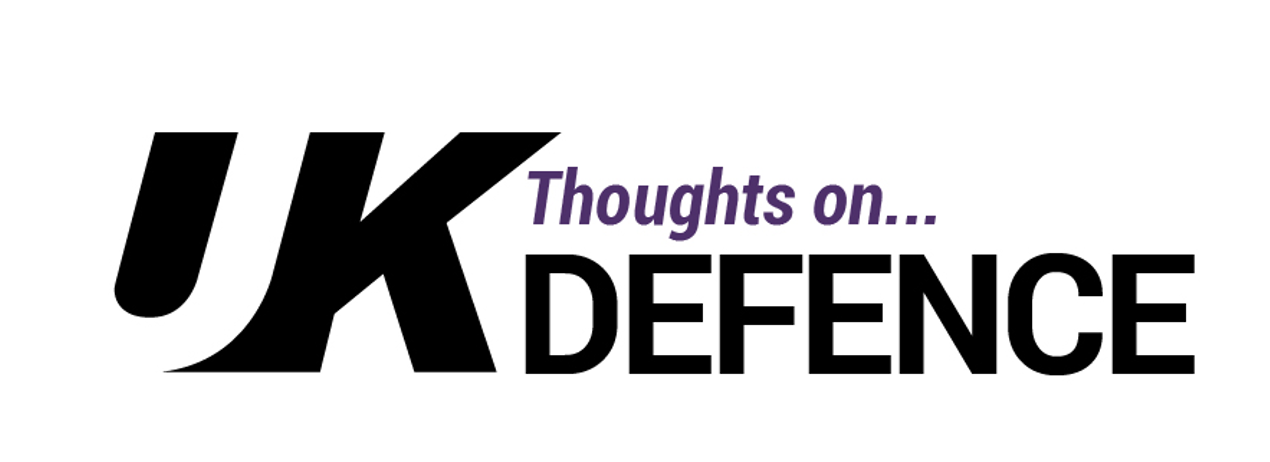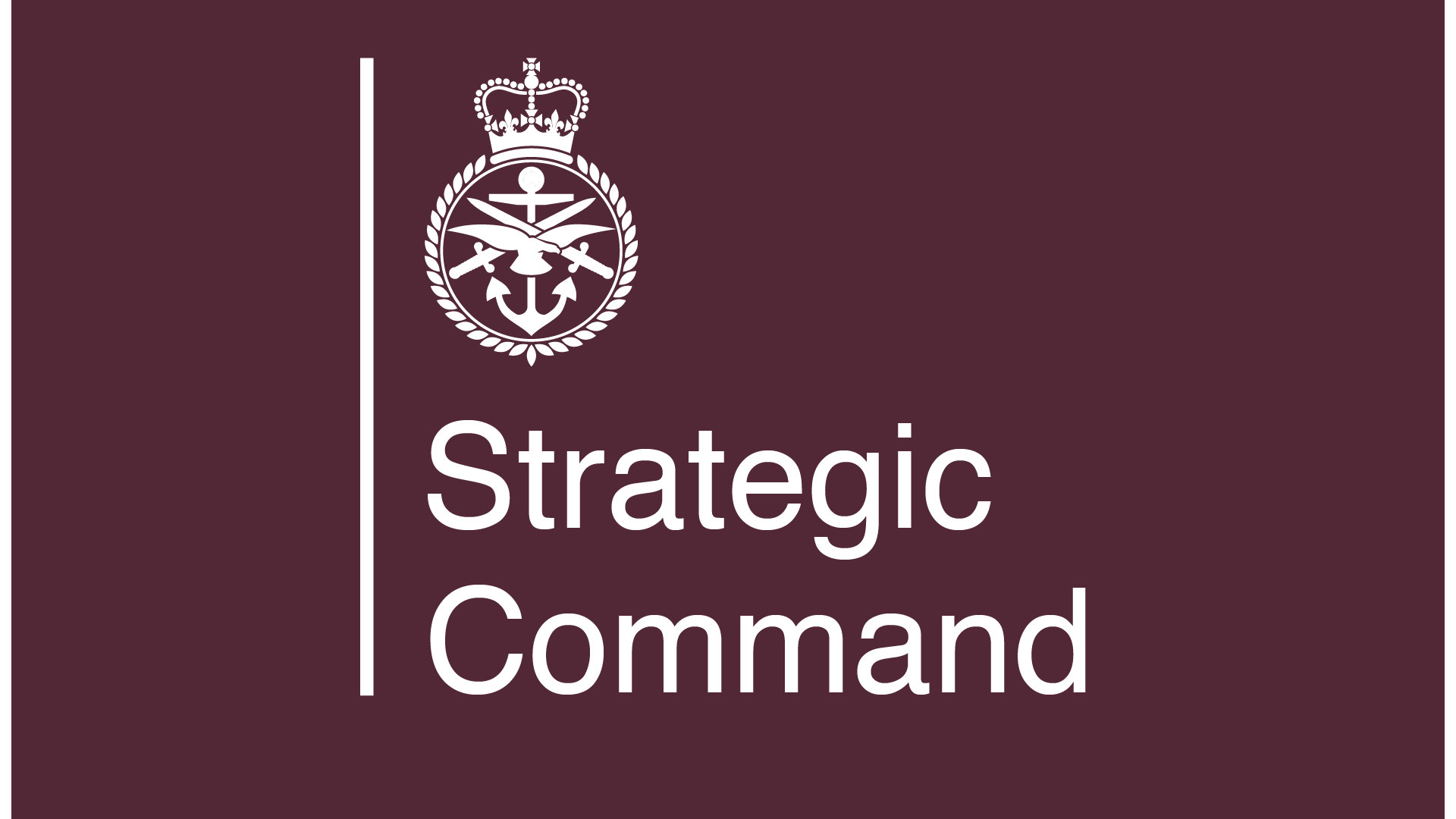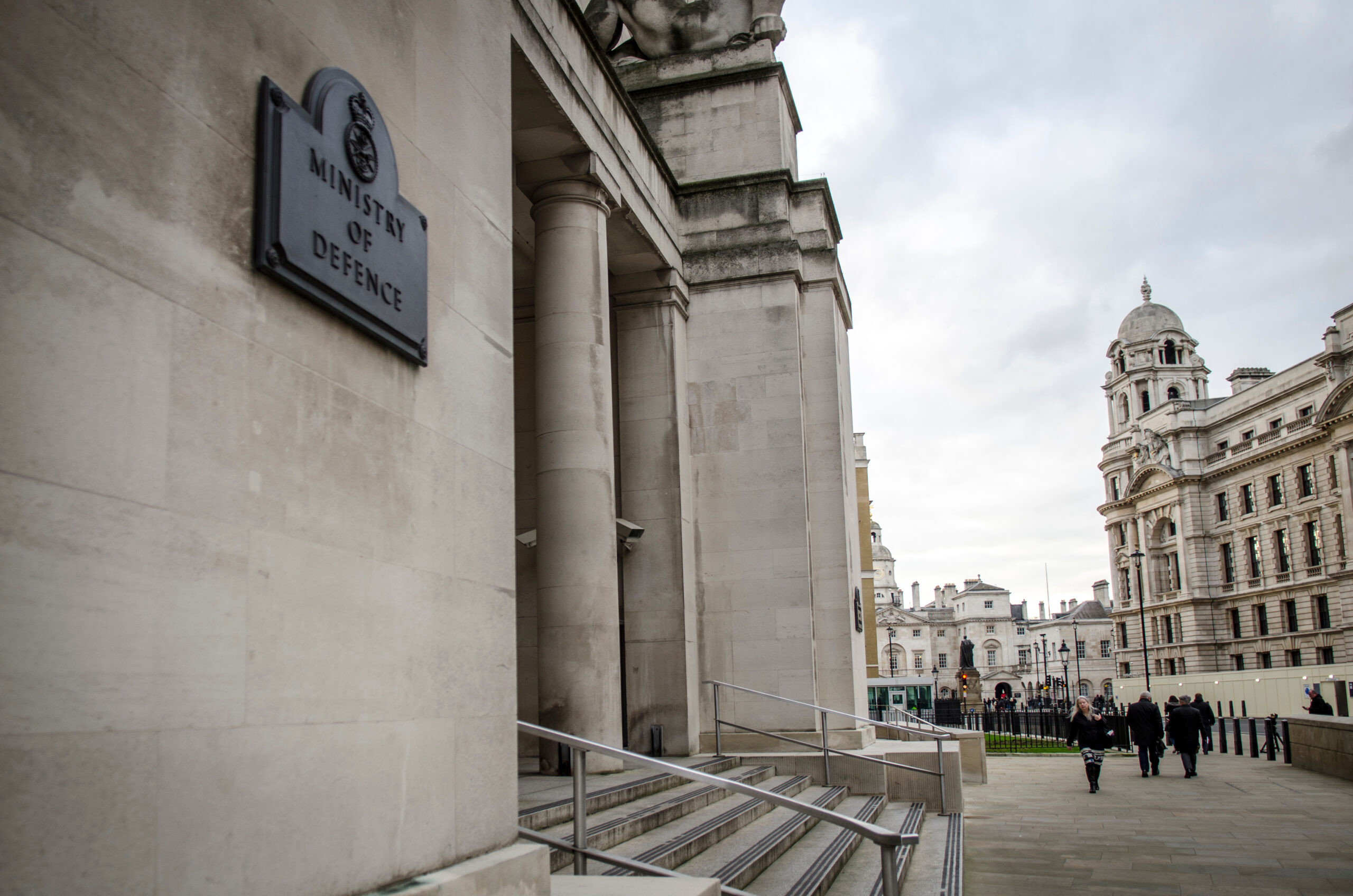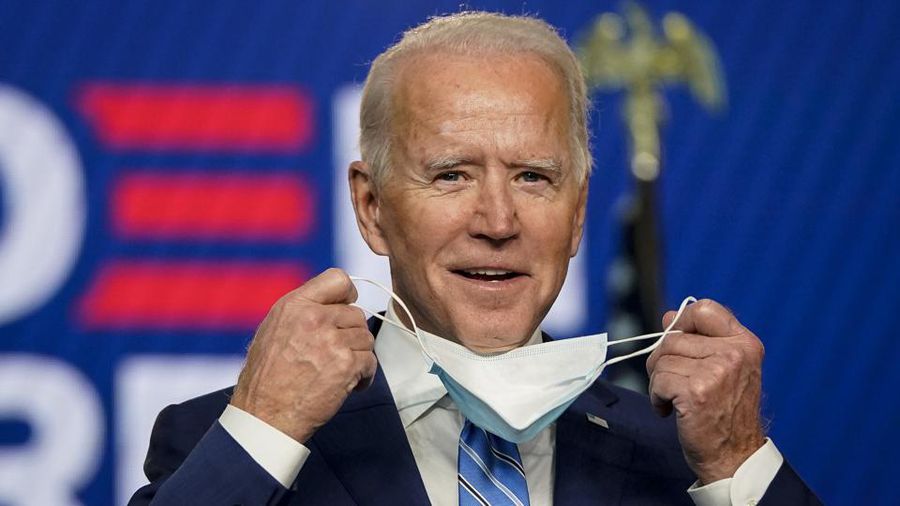As @onUKDefence has recently discussed, the MOD’s future force development programme (Joint Force 25) has been lacking a conceptual headmark, i.e. direction on how the force elements therein should actually fight. As the Integrated review has progressed, the Chief of Defence Staff (CDS), General Sir Nick Carter, has been focussing on this issue more and more (see, for example, his 2019 Annual RUSI Lecture and, more recently, evidence he has given to the House of Commons Defence Committee). On 30th September, he finally unveiled Defence’s new Integrated Operating Concept at a Policy Exchange online event, chaired by General David Petraeus, former US commander in Iraq and Afghanistan.
But is Defence’s new Integrated Operating Concept a credible conceptual aiming point for its future force structure, or was CDS’s speech simply an exercise in buzzword bingo?
Introducing Defence’s New Integrated Operating Concept
At this point, it should be pointed out that the document released on the GOV.UK website – Introducing the Integrated Operating Concept – is simply that, an introduction. The complete concept is not available outside the MOD, presumably because it is classified OFFICIAL-SENSITIVE, or above. As a result, onUKDefence’s analysis is limited to what’s been included in the introduction document and CDS’s supporting narrative.
The Integrated Operating Concept 2025 aims to sets out a new approach to the utility of armed force in an era of persistent competition and a rapidly evolving character of warfare. Its authors believe it represents the most significant change in UK military thought in several generations, and will lead to a fundamental transformation in the military instrument and the way it is used.
The Imperative for Change
Defence’s new Integrating Operating Concept suggests the strategic context has become increasingly complex, dynamic and competitive. It claims the UK’s potential adversaries and rivals are prepared to, and indeed currently are, engaging in a continuous struggle involving all of the instruments of statecraft. Their strategy is designed to undermine cohesion, erode economic, political and social resilience, and to challenge the UK’s strategic position in key regions of the world. Their goal is to win without fighting, to achieve their objectives by breaking their opponents’ willpower, using attacks below the threshold that would prompt a war-fighting response. These attacks are considered “remarkably difficult to defeat without undermining the very freedoms [the UK] want[s] to protect.”
The document submits that the UK’s potential adversaries use an array of capabilities, including their militaries, below the threshold of war and in ways outside of the nation’s legal and political norms. It concludes that the UK is now in a state of persistent competition, against which “more of the same will not be enough.”
Defence’s Response
The central idea of Defence’s new Integrated Operating Concept is to drive the conditions and tempo of strategic activity, rather than responding to the action of others, from a static, home-based posture of contingent response. Conceptually, it recognises that the nature of the strategic context requires a strategic response that integrates all of the instruments of statecraft – ideology, diplomacy, finance and trade policy, and military power. The ability to deter war remains central to the UK’s military purpose, and this now recognises the need to compete below the threshold of war in order to deter war, and to prevent potential adversaries from achieving their objectives in fait accompli strategies.
The new Integrated Operating Concept does, however, accept it is not possible to abandon immediately the current force structure and create a bespoke one from scratch. It sees the need for a “North Star”, to guide the development of a modernised force beyond 2030. It suggest that a key tenet for future forces will be “intense competition between hiding and finding”, which drives the following characteristics:
– Have smaller and faster capabilities to avoid detection.
– Trade physical protection for increased mobility.
– Rely more heavily on low-observable and stealth technologies.
– Depend increasingly on electronic warfare and passive deception measures to gain and maintain information advantage.
– Include a mix of crewed, uncrewed and autonomous platforms.
– Be integrated into ever more sophisticated networks of systems through a combat cloud that makes the best use of data.
– Have an open systems architecture that enables the rapid incorporation of new capability.
– Be markedly less reliant on fossil fuels.
– Employ non-line-of-sight fires to exploit the advantages we gain from information advantage.
– Emphasise the non-lethal disabling of enemy capabilities, thereby increasing the range of political and strategic options.
Defence’s new Integrated Operating Concept concludes by calling into question the traditional approach of maintaining force elements that are structured to war fight and adaptable for other missions. In the future, it confirms the need to structure forces to operate, which can be adapted at graduated readiness to war fight while retaining some forces, including the Reserve, that are optimised to war fight. However, distinguishing in this way between operating and war fighting represents a fundamental shift in UK military philosophy. It requires appreciably different thinking about the employment of the military instrument as part of modern deterrence, and it establishes the doctrine needed to compete decisively with potential adversaries who do not distinguish between peace and war.
Conclusion
In his post The Importance of Being Doctrinally Earnest, the Thin Pinstriped Line’s Sir Humphrey suggested that, although well worth a read, CDS’s speech on Defence’s new Integrated Operating Concept was “very full of buzzword bingo” and “a bit of a hard slog”. He is right on both counts. That said, the subject doesn’t exactly lend itself to light and fluffy language.
Far more importantly, Defence now has an aiming point for its future force structure, and it is a very credible one. A lot of thinking has clearly gone into the new Integrated Operating Concept and the result is impressive. The case for change is extremely well made and, albeit in broad terms, the proposed response is coherent and not lacking in ambition. Moreover, it accords with views widely held by the UK’s allies, notably the United States, regarding a return to great power competition and the need to integrate across all five operating domains (maritime, land, air, cyber, and space). But, a word of caution to finish. Identifying a conceptual headmark for Defence is a positive step forward and should be applauded; however, getting the military commands to work collegiately in order to deliver the capability required to meet it, is likely to prove an altogether tougher proposition.






